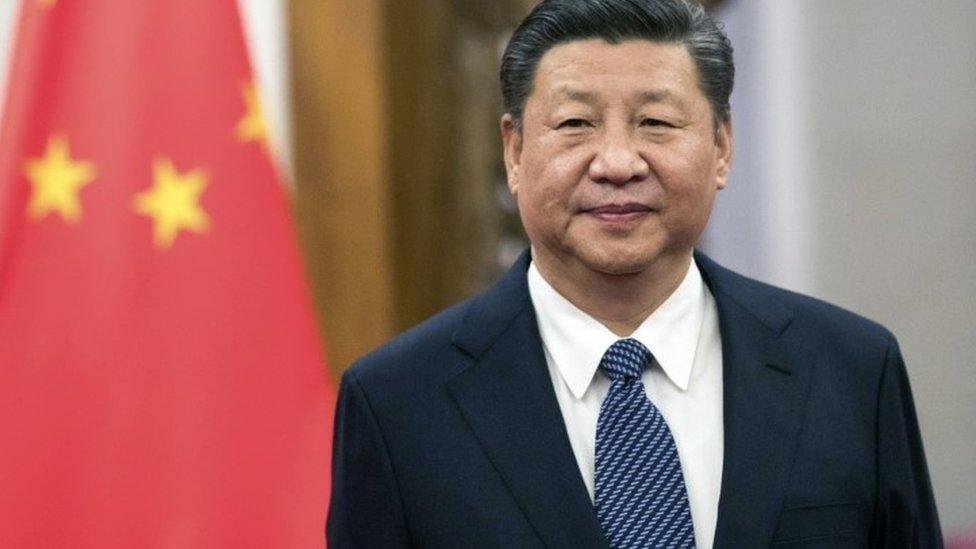- Courses
- GS Full Course 1 Year
- GS Full Course 2 Year
- GS Full Course 3 Year
- GS Full Course Till Selection
- Answer Alpha: Mains 2025 Mentorship
- MEP (Mains Enrichment Programme) Data, Facts
- Essay Target – 150+ Marks
- Online Program
- GS Recorded Course
- Polity
- Geography
- Economy
- Ancient, Medieval and Art & Culture AMAC
- Modern India, Post Independence & World History
- Environment
- Governance
- Science & Technology
- International Relations and Internal Security
- Disaster Management
- Ethics
- NCERT Current Affairs
- Indian Society and Social Issue
- NCERT- Science and Technology
- NCERT - Geography
- NCERT - Ancient History
- NCERT- World History
- NCERT Modern History
- CSAT
- 5 LAYERED ARJUNA Mentorship
- Public Administration Optional
- ABOUT US
- OUR TOPPERS
- TEST SERIES
- FREE STUDY MATERIAL
- VIDEOS
- CONTACT US
PFRDA notifies regulations for operationalisation of Unified Pension Scheme
PFRDA notifies regulations for operationalisation of Unified Pension Scheme

- The Pension Fund Regulatory and Development Authority (PFRDA) has announced the Unified Pension Scheme (UPS) for Central Government employees who are part of the National Pension System (NPS).
- This scheme will become effective on April 1, 2025.
Key Features of the Unified Pension Scheme:
- Assured Pension: Employees will receive 50% of their average basic pay from the last 12 months before retirement if they have worked for at least 25 years.
- Assured Minimum Pension: If an employee retires after at least 10 years of service, they will get a minimum pension of Rs 10,000 per month.
- Assured Family Pension: If an employee passes away after retirement, their family will receive 60% of the pension the employee was getting.
- Inflation Adjustment: Pension amounts will be adjusted for inflation using the All India Consumer Price Index for Industrial Workers (Dearness Relief).
- Lump Sum Payment at Superannuation: Retirees will also receive a lump sum payment in addition to their monthly pension.
- Contributory Scheme: Both the employee and government contribute to the scheme. Employees contribute 10% of their basic pay plus Dearness Allowance (DA), while the government contributes 18.5%.
Eligibility Criteria:
- Existing Employees: Employees in service as of April 1, 2025, who are already covered under NPS.
- New Recruits: New employees joining the Central Government after April 1, 2025.
- Retired Employees: Employees who were under NPS and retired or voluntarily retired before March 31, 2025. If the subscriber passed away before choosing UPS, their spouse can apply.
Implementation Timeline: The UPS regulations will begin on April 1, 2025.
What is National Pension Scheme (NPS):
- NPS replaced the Old Pension Scheme (OPS) on January 1, 2004.
- It is a market-linked scheme managed by PFRDA.
- Under NPS, employees contribute 10% of their basic pay and DA, while the government contributes 14%.
- The main issue with OPS was that it was unfunded, leading to high pension liabilities for the government. The pension liability grew from Rs 3,272 crore in 1990-91 to Rs 1,90,886 crore in 2020-21.
Working of NPS:
- NPS has no guaranteed pension, and the amount depends on market returns.
- The scheme is funded by employee and government contributions, unlike OPS, where the government fully funded pensions.
- Subscribers can choose investment options for their contributions.
Opposition to NPS:
- NPS faced criticism because employees had to contribute to their pension and received lower guaranteed returns compared to OPS.
- To address concerns, a committee led by T V Somanathan was formed in 2023, leading to the creation of the UPS.
Comparison of Pension Schemes:
|
Feature |
Unified Pension Scheme (UPS) |
New Pension Scheme (NPS) |
Old Pension Scheme (OPS) |
|
Type of Scheme |
Hybrid (Assured + Contribution) |
Contribution-based |
Defined benefit (Assured pension) |
|
Applicability |
Central govt. employees (states can adopt) |
Central and state govt. employees (except armed forces) |
Pre-2004 govt. employees |
|
Pension Guarantee |
Minimum pension guaranteed |
No assured pension; depends on market returns |
Guaranteed 50% of last drawn salary |
|
Employee Contribution |
10% of salary; 18.5% by govt. |
10% of salary; 14% by govt. |
No contribution from employees |
|
Inflation Adjustment |
Yes (linked to inflation index) |
No guaranteed adjustment |
Yes (DA revisions based on inflation) |
|
Withdrawal Options |
Lump sum + monthly pension |
60% lump sum, 40% annuity |
No lump sum, only pension |
|
Family Pension |
60% of pension for dependents |
Not guaranteed, depends on annuity plan |
50% of pension to family |
This scheme is an attempt to maintain a balance between the guaranteed benefits of the OPS and the contribution-based structure of the NPS.
About Pension Fund Regulatory and Development Authority (PFRDA) :
Establishment
- It was Set up under the PFRDA Act, 2014 as a statutory regulatory body.
Objective
- Promote old-age income security by regulating pension funds.
- Protect the interests of subscribers to pension schemes.
Jurisdiction
- Comes under the Ministry of Finance.
- Headquartered in New Delhi with regional offices across the country.
Composition (Section 4 of PFRDA Act)
- Chairperson.
- 3 whole-time members.
- 3 part-time members.
- Members must have knowledge in economics, finance, or law, with at least one person from each discipline.
Functions
- Regulation: Oversee the National Pension System (NPS) and other pension schemes under the Act.
- Public Education: Raise awareness on pensions, retirement savings, and related matters; train intermediaries.
- Approval & Norms: Approve pension schemes and set investment guidelines.
- Protection: Safeguard the interests of NPS subscribers and those in approved schemes.
- Intermediary Regulation: Register and regulate intermediaries (NPS Trust, Points of Presence, etc.).
- Cost Control: Ensure economical and reasonable operational costs for intermediaries.
- Grievance Redressal: Strengthen robust and time-bound grievance mechanisms.
- Dispute Resolution: Adjudicate disputes between intermediaries and subscribers.



